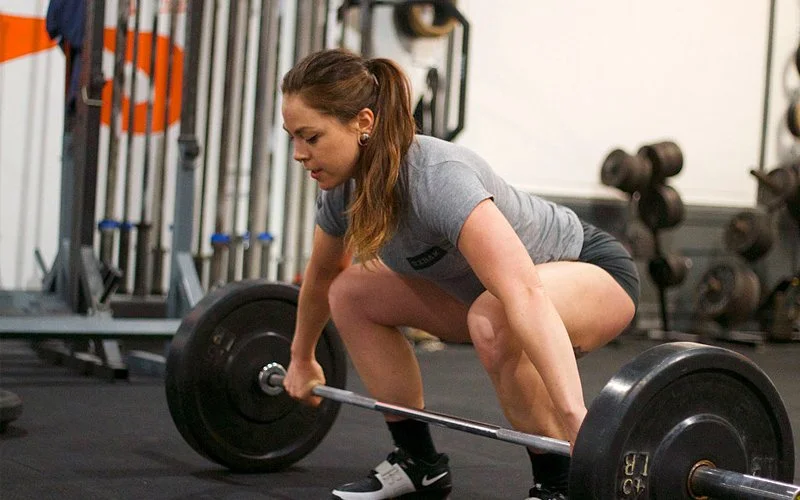Tell Me About Crossfit…
Most of the people in our community have heard of this style of exercise. But what is it, exactly? Technically speaking, it is constantly varied functional movements performed at high intensity across many different workout times.
These workouts include elements of cardio, weight lifting, gymnastics, running, rowing, powerlifting, core training, and plyometrics.
CrossFit identifies ten specific components to fitness: speed, power, strength, balance, endurance, agility, coordination, accuracy, stamina, and flexibility. Health and fitness are optimized when these components are all balanced, with nothing being too far out weighted than the other. When everything is close to equal to the next, then we have a more rounded athlete who is able to do the tasks they need throughout their day with the least amount of physiological insult to their body. These repeated insults that build throughout a lifetime can lead to injury and illness.
What’s ‘functional movement?
This is when we look at how the human body moves. For example, sitting, crawling, walking, running, reaching, carrying, and climbing are all ways that we can move our bodies. Reaching can be as simple as reaching for your seat belt or your briefcase. Carrying can be bringing groceries in or picking up your child. Climbing could be upstairs or onto a stool to put something away. CrossFit strives to perfect these movement patterns by first ensuring that they are accomplished in a biomechanically safe way and then repeating them with and without weights. The addition of weights to a movement builds and develops the muscles involved, helping to protect us for our lifetime.
Many people come to fitness with dysfunctional, unsafe movement patterns. This is typically a multifactorial result consisting of previous injury, surgeries, asymmetrical postures, stress, sleeping habits, nutrition, and dehydration, to name a few. The CrossFit coach should begin with evaluating and coaching an athlete through any unsafe movement patterns. After that, the next step is to ensure that the movement can be consistently repeated. Only then should the addition of light weights and higher repetitions be permitted. Finally, after an athlete can demonstrate that they are capable of consistently reproducing a safe movement pattern, with or without load, intensity should be introduced. Injury can happen when this process is not respected.
Contact Aim
If you have a question about our physical therapy, call us, and we'll provide you with our professional opinion. We are ready to support you during your healing journey.
Call or Text us today: (310) 937-2323
Aim Sports Medicine
1035 Aviation Blvd.
Hermosa Beach, CA 90254

